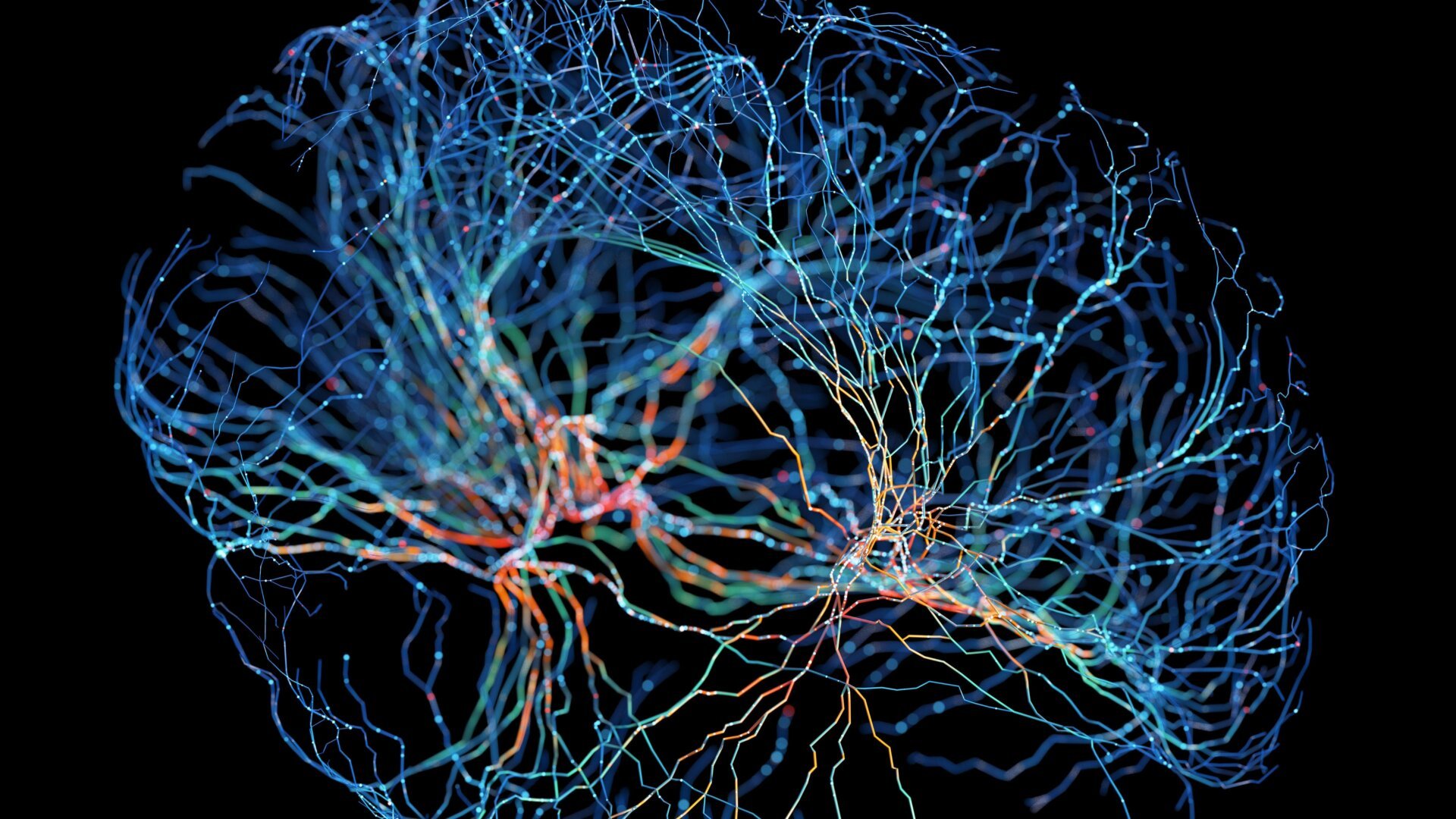Physical Address
304 North Cardinal St.
Dorchester Center, MA 02124
Physical Address
304 North Cardinal St.
Dorchester Center, MA 02124

The attraction and terror to transfer its awareness to a computer has long been feed for cyberpunk novels and Billionaire-supported immortality startups. An essential part of neuroscientists believe that, according to a new study, it could be possible to withdraw memories from a preserved brain and save these memories in a computer.
The study published in the journal Plos onesuggests that most neuroscientists believe that the memory has a physical basis and on average give a probability of 40% that one day we could be able to emulate a human brain. But there was little consensus about what exactly this physical basis is and emphasized how little we know what memories are made of.
The authors surveyed 312 neuroscientists – both memory experts and general neuroscientists – to maintain their thoughts about the feasibility, to maintain a human brain and later extract his memories. It was led by Ariel Zeleznikow-Johnston, a neuroscientist at Monash University in Australia and author of The future loves you: how and why should we abolish death.
While the researchers wrote that the questions of memory extraction from preserved brains are “strange and speculative”, they give insights into thinking how neuroscientists think about memory formation.
The results of the survey show that neuroscientists largely agree that memories have a physical substrate instead of relying on a dynamic process that ends in the preservation. They are probably stored in the synaptic connections between neurons that strengthen and weaken with experience. The survey showed that 70% of neuroscientists agree that there is a physical, molecular recording of a memory – in stable changes in neuronal connectivity and the interactions between proteins and other cellular components – of which they could theoretically make a snapshot.
“However, there was no clear consensus about which neurophysiological feature or the scale are of crucial importance for storing storage,” the authors wrote in the study. The scientists surveyed did not agree which resolution from the composition of biomolecules at the atomic level up to the dissolution of subcellular structures at the nanometer level at nanometer level in order to extract a memory from a preserved brain. This is mainly due to the fact that most neuroscientists, although the memory has a physical basis, still has exactly the debate on the basis of this basis.
The survey also asked whether existing tools could theoretically keep the structure of a brain well enough to extract memories. It is difficult to keep a brain so that the proteins and cells remain intact because freezing can damage the nerve tissue. One possibility of how neuroscientists could do this is that aldehyde-stabilized cryoconscervation, a technique that the chemical fixation with the vitrification of combined-of the process of transforming a substance into a glass-like solid by quickly cooling down. In the study, the neuroscientists were asked to assign a probability that memories could be extracted from a cryoconal brain. The participants stated a wide range of estimates, but the average answer was a probability of 40%.
The authors asked the neuroscientists how likely it could be to emulate an entire brain – how to upload and digitize a person’s brain on a computer – from preserved neuronal tissue. This could open the possibility of uploading your full self and your awareness to a machine. In this case, the average answer was again around 40%, although the authors find that the answers vary again.
“Admittedly, that’s not 100 percent,” said Zeleznikow-Johnston Iflscience. “This means that there is no complete consensus in the community that this will definitely work, but it is not 0.1 percent or 0.01 percent. This is a significant part of neuroscientists who believe that there is a very real chance that this number will actually work with the time when we improve these things, emulation, all these things, in the course of time become.” All other things. “
Neuroscientists believe that according to the study, we are still far from imitating a whole human brain. When asked when we could be able to emulate a human brain, the respondents gave an average response of 2125.
Nevertheless, it is something you can think about.